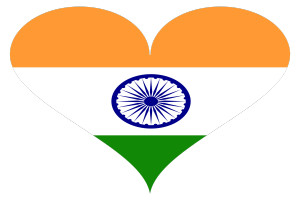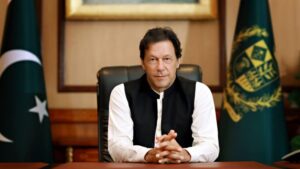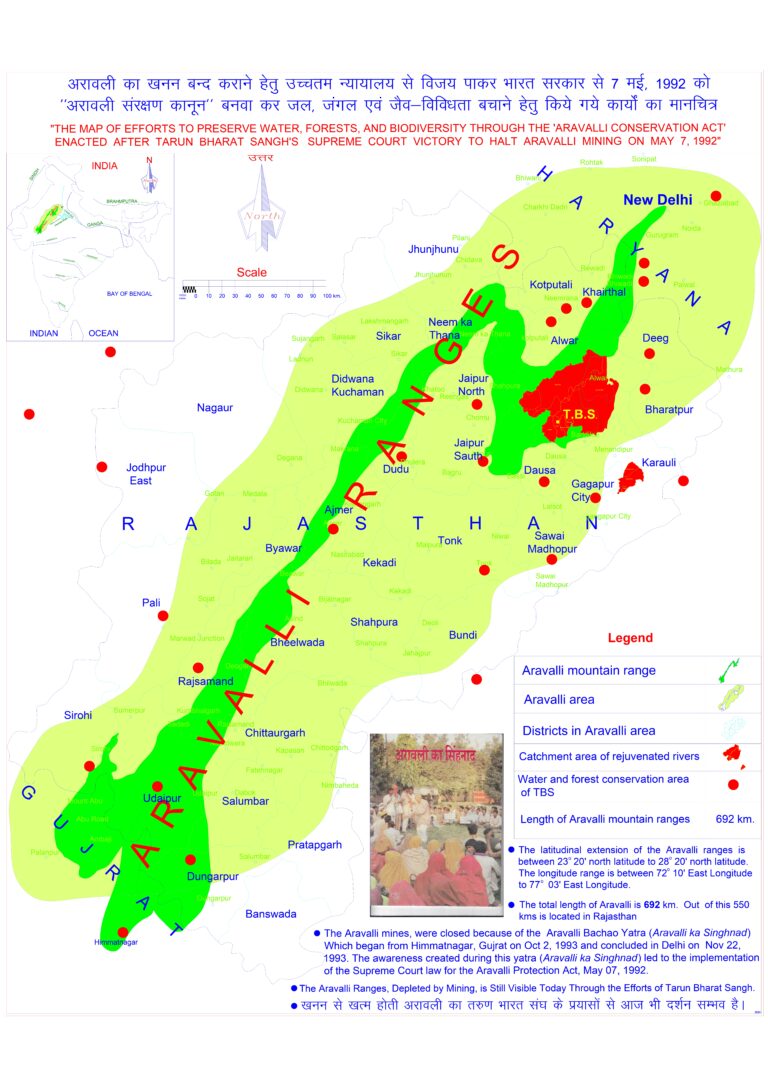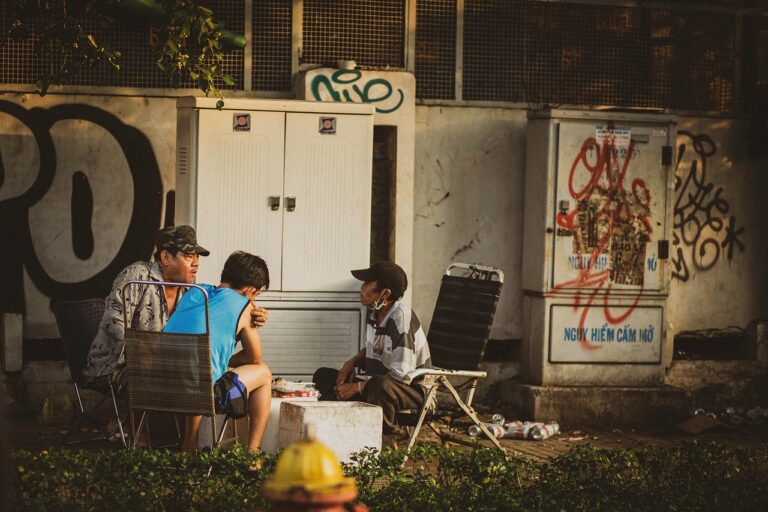
Perspective
 By Sudeep Sonawane
By Sudeep Sonawane
Recent political and economic upheavals in South Asia give India an opportunity to revisit its foreign policy and offer peace, support, and shared prosperity to Pakistan, Sri Lanka and Nepal respectively.
Across India’s western border, dissolving Pakistan’s Parliament ahead of no-trust vote against Prime Minister Imran Khan gives India yet another opportunity to start afresh with then new government whenever it assumes office.

Khan becomes the 22nd Pakistan Prime Minister who failed to last his term. While Khan ponders on his lost cause, he leaves a legacy of an economy in tatters and pushing away allies like the United States, Saudi Arabia and the United Arab Emirates and embracing China, Turkey, and a final effort to get cosy with Russia.

Will Pakistan emerge from the debris of yet another failed attempt at governance? It has done so in the past, but with much help from its traditional allies. India could play its neutral role, unless Pakistan sponsors some adventure in Kashmir.
What would be the fate of Pakistan’s projects with its pet ally China? Projects under the China Pakistan Economic Corridor, set rolling in 2013 at US $ 47 billion increased to $62 billion in 2020, and are almost 90 per cent complete. The deadline for the project, officially launched by President Xi Jinping and Prime Minister Nawaz Sharif on April 20, 2015 ends this month.
Project officials had estimated the Corridor would create more than 2.3 million jobs between 2015 and 2030, and add 2 to 2.5 percentage points to the country’s GDP, says a report written by Saeed Shah and published by the Wall Street Journal on April 10, 2016.
This economic corridor binds China-Pakistan ties. The symbiotic relationship spurs economic growth of both countries. Pakistan’s economy and dilapidated national infrastructure desperately needed a revival. “The poor transport network inflicts an annual loss of 3.55 per cent on Pakistan’s GDP,” Dr Nadeem Ul-Haque, the then deputy chairman of Planning Commission, told Dawn newspaper, in a report published on February 13, 2017.
Pakistan needs China more than the Asian superpower needs the perennially unstable state. History shows the diktat of military brass-hats prevails over elected government of the Islamic Republic. Therefore, will dissolving Pakistan’s parliament and a caretaker prime minister affect the Corridor and the country’s economy? It will not because Nawaz Sharif’s Pakistan Muslim League (N) pushed the CPEC ahead and not Imran Khan Tehreek-E-Insaf. Whichever party leads the government, Pakistan has to tango with China.
The Joe Biden administration will not worry over yet another political instability in Pakistan. Former US President Donald Trump’s National Security Council, Senior Director for South Asia, Lisa Curtis told a news agency yesterday, “Internal Pakistani political developments are largely irrelevant for the US.”
She said this because the US administration focuses on India, Afghanistan and nuclear weapons. Pakistan’s military chief deals with these three, and not the government. Pakistan’s Chief of the Army Staff General Qamar Javed Bajwa is the key person in foreign relations and defence matters. The good news is that India-Pakistan tension over Kashmir is low over the last few years, though recently there were some reports of violence in the valley.
Events happening south of Cape Comorin are tragic. Millions of Sri Lankans are struggling for essential commodities with the country undergoing political, economic, and foreign exchange crises. Citizens are protesting on the streets for the lack commodities and no fuel at pump stations. Despite the crises, President Gotabaya Rajapaksa and his brother, Prime Minister Mahinda Rajapaksa refuse to quit. The Cabinet has quit and more than 40 MPs have quit his coalition government saying they would independently represent their constituencies. Worse, newly-appointed Finance Minister Ali Sabry resigned today, less than 24 hours after his appointment.
To ease Sri Lanka’s distress, two days ago the Indian government despatched food aid and 40,000 MT of diesel. Earlier in January, India extended US $900 million aid, including $400 million currency swap, to Sri Lanka.
Whether mismanagement, nepotism, corruption, whatever the reasons for the financial crises, India has so far adopted a humanitarian approach to help Sri Lankans struggling to put food on their tables. It is an opportunity for India to start afresh with Sri Lanka and forget the past.
India could do its bit to ease the uncertainty and regional instability. India’s neutral position and a slew of bilateral meetings hosted by its foreign ministry under the leadership of Minister Dr Subrahmanyam Jaishankar has done this. This augurs well for brand India.
On April 1, 2022 Russia’s Foreign Minister Sergei Lavrov met with Prime Minister Narendra Modi briefed him on the situation in Ukraine, including the ongoing peace negotiations. Taking the neutral position, Modi “reiterated his call for an early cessation of violence, and conveyed India’s readiness to contribute in any way to the peace efforts”.
A day later, the Foreign Ministry hosted Nepal’s Prime Minister Sher Bahadur Deuba, on his first bilateral visit after assuming PM’s office for the fifth time last July. The visiting PM’s delegation included Nepal’s Foreign Affairs Minister Dr. Narayan Khadka; Energy, Water Resources and Irrigation Minister Pampha Bhusal; Health & Population Minister Birodh Khatiwada; Agriculture & Livestock Minister Mahindra Ray Yadav and senior government officials.
Highlighting the importance of Nepali premier’s visit, India’s Foreign Secretary Harsh Vardhan Shringla said, “Prime Minister Deuba said Nepal government attached the highest importance to further strengthening economic relations with India. Economic development of Nepal was a priority for his government and he sought support and co-operation from India as a close neighbour and a friend.”
Deuba, who is also the President of Nepali Congress, and his delegation’s visit to New Delhi gains importance because Nepal’s local elections are due on May 13, 2022. Citizens from six metropolitan cities, 11 sub-metropolitan cities, 276 municipalities and 460 rural municipalities will cast their votes. This would be the second local elections since Nepal adopted its new constitution.
At a time when the world is going through a catharsis, the political meltdown in international affairs has set off a spate of crises. With global tempers frayed, the confusion in Europe and the world at large over Russia-Ukraine War and no solutions in sight, the only constant is instability and price rise. Now with the political upheavals in its immediate neighbourhood, it indeed seems the hour of reckoning for India.
Already much is happening on the global front. There’s volatility in stocks and commodities markets. Although crude prices are far lower than the historic high of $147.27 peaked in July 2008, they have crossed US $100 a barrel, last noted in 2014. Worse, inflation rates globally are highest in recent years. In February this year, prices rose 7.9% compared to 2021, according to the most recent Consumer Price Index report in the US. This is the biggest annual growth in CPI inflation since January 1982. Not surprisingly, on March 16, 2022, the US Federal Reserve raised interest rates for the first time since 2018 by 0.25 per cent. Brent crude oil prices hovering around $107.96 today adds to the inflation. This makes global leaders, especially oil-dependent economies, and their citizens anxious.
Undoubtedly the recent visits by foreign dignitaries including the Chinese Foreign Minister Wang Yi just before Lavrov and Deuba to New Delhi indicate enough of how India is in the focus of the international community.
*Sudeep Sonawane is a Consulting Editor of Global Bihari. He has lived in five countries in the Middle East and Asia and worked for newspapers published from there.





